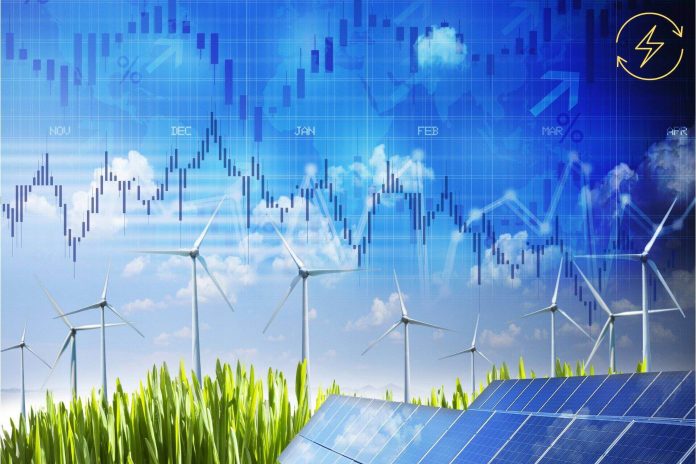As in the previous months. RESC prepared a report for May that offers an overview of the month as well as multi-monthly electric power trends in Croatia. The analysis includes consumption, production, renewable sources, cross-boundary planned and unplanned exchanges, market prices, electric power conditions in previous periods, and other facts of interest. The information covered by this report is intended for everyone. Both for experts who wish to have an insight into relevant statistical data as well as for citizens who wish to know more about the functioning and development of the electric energy system in Croatia.
Electric Energy Report for May 2023
A favorable energy picture emerges in energy trends in the first five months of this year which resulted in good economic indicators and electric energy balance. In May, Croatia once again exported electricity, primarily due to a considerable inflow of water and increased production of hydroelectric power plants. Three above-average and two under-average hydrological months were apparent in the first five months of this year. However, the month of May is distinguished as hydrologically the most favorable one given that large inflows of water into the accumulations can be observed during this month.
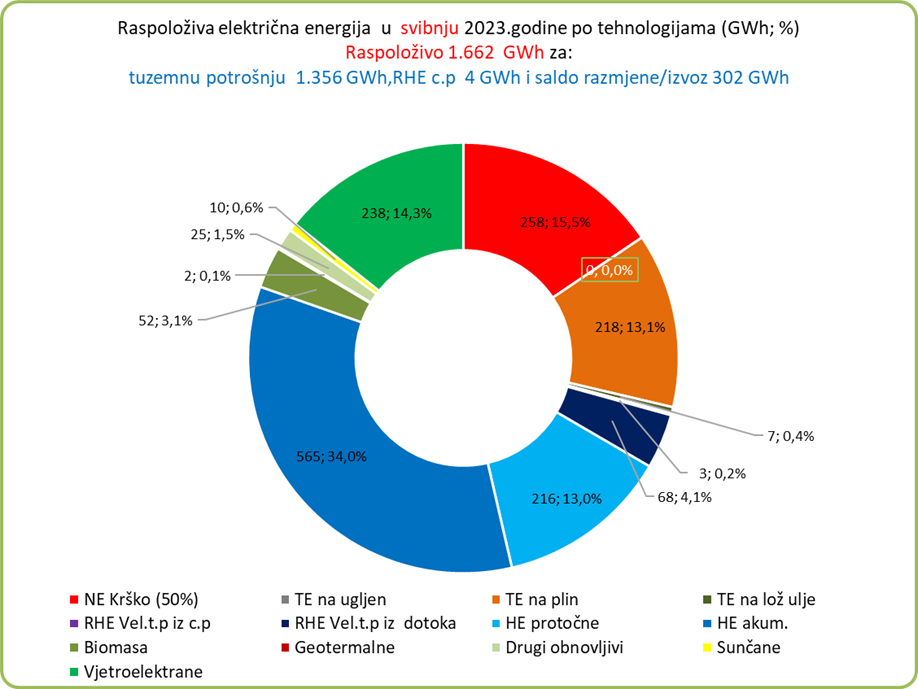
Also apparent is the great growth in the production of solar power plants due to putting into operation of new production capacities. As well as the increased production of wind farms due to favorable winds, a slight fall in production in biomass and biogas plants and geothermal capacity production was likewise registered. Owing to the great inflow of water in May, considerable production of hydroelectric power plants was registered. Since April 9, the TE power plant Plomin has been under its annual overhaul which lasted the whole of May. Due to the simultaneous increased production of hydroelectric power plants and wind farms, it was necessary to export more power almost throughout the entire month, while during the decreased production of wind farms, we had to import a bit. The nuclear power plant Krško continued to operate at full capacity, even greater than nominal. Owing to the greater production of power plants in Croatia in relation to consumption an exchange balance in the export of electric power was achieved at the scale of 302 GWh.
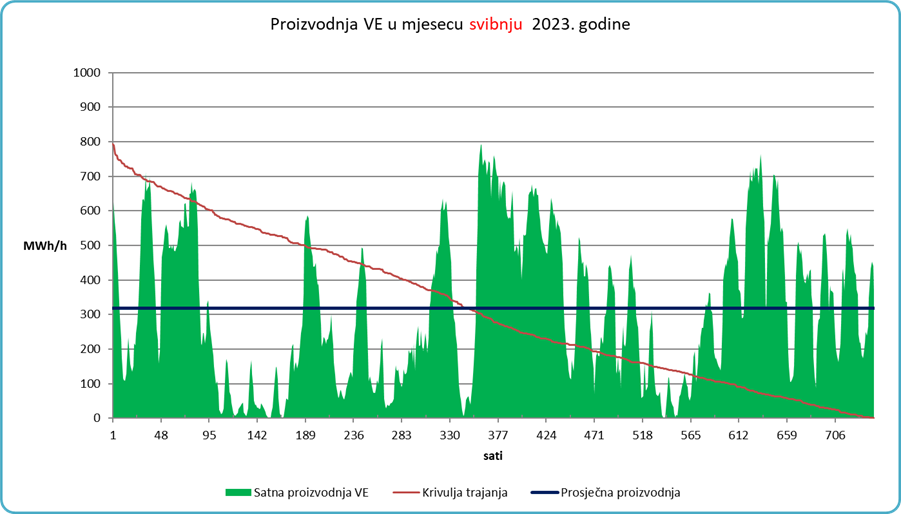
An above-average production of the windfarms was also achieved in May. The overall production of wind farms in the month of May amounted to 237.521 MWh while the usage power factor was 32.5%, which is above average.
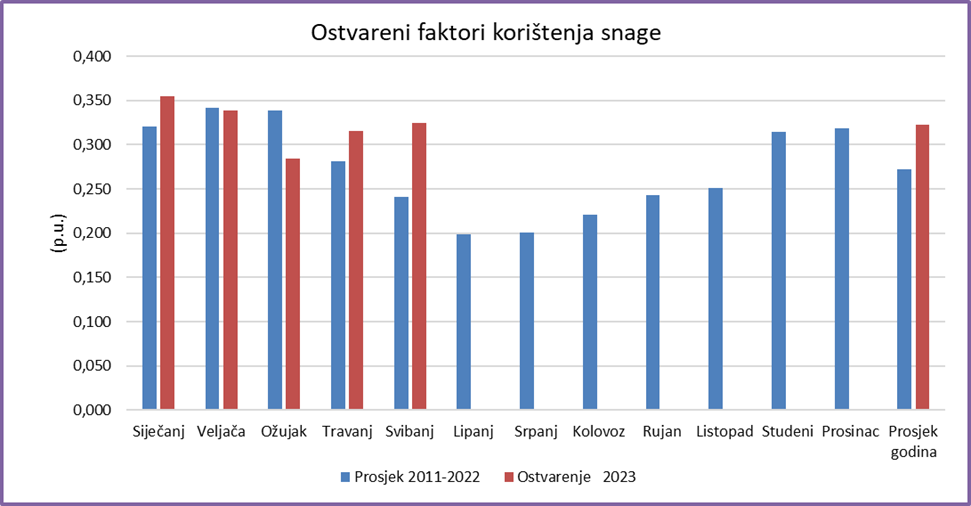
The average production of wind farms in May was 318.5 MWh/h with a maximum of 793 MWh/h while the maximum power usage factor was 80.8%. The maximum “upper” hourly change of wind farm production in May of this year was 207 MWh/h and the “lower” one was 239 MWh/h.
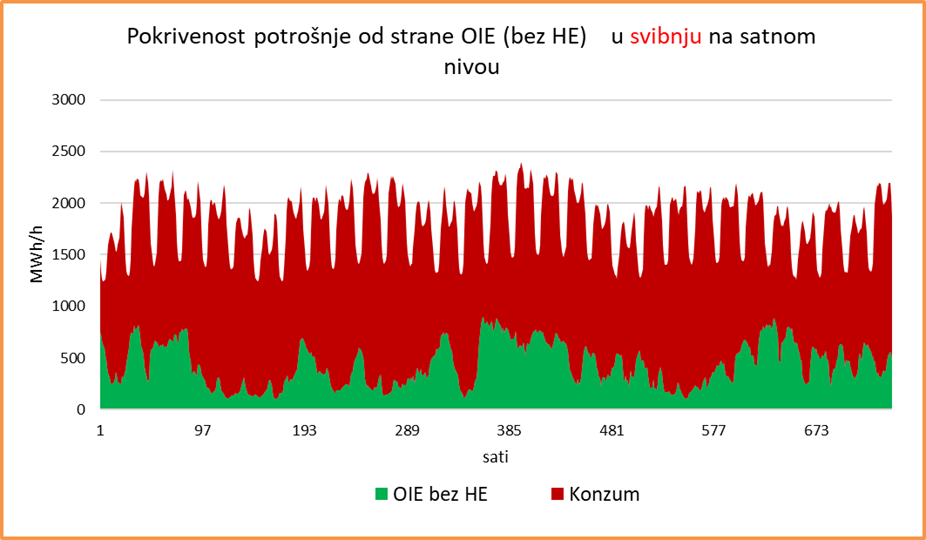
The connected European grid
The European transmission grid with international interconnections enables the directing of electric energy flows throughout Europe. The grid is necessary for the security of supply, the creation of a European electric power market, and integration of renewable energy sources. It connects 35 countries that exchange electric power throughout the continent.
Interconnected links also enable the association of production capacities and effective exploitation of energy complementarity of the European territory. In addition to the intention of establishing a European electric power market, interconnections enable the electricity supplier to sell its energy to a buyer located in another country of the European Union. Accordingly, they actually physically support the functioning of the market which enables the optimization of the production park (conventional or renewable) at the European level.
The prices of electric power in May ended up in the red
The average hourly price of electricity in May of this year amounted to 86.16€/MWh, while in May of last year is was 202.03€/MWh which is a fall of 115.87€/MWh, namely a decrease of 57.35%.
A negative price is recorded at certain hours in three days during the extensive production of solar plants in the EU. Also visible is the considerable reduction of prices in the first five months of this year in relation to the same months in 2022.
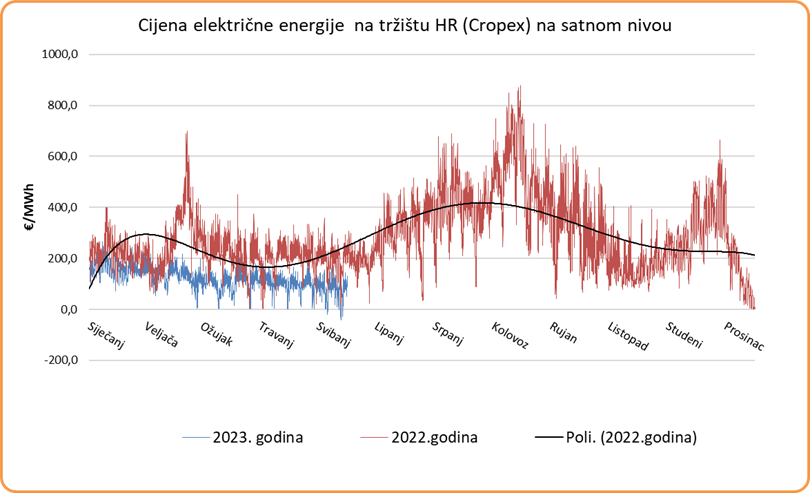
The highest prices of electric power in the course of the day were recorded at nine o’clock in the morning and in the evening peaks. From nine o’clock, due to the increased production of solar plants, the prices go down and in some markets, they are in the negative domain. In the afternoon hours the prices are lower than at night and so force the RHEs to operate in the drawing plant including in the night hours. The EU has about 50 GW in RHE, but that is not sufficient to balance the changeability of solar plants and wind farms making it necessary to build as many more.
Countries that have many RHEs earn great amounts in the transactions of electric power through RHEs
The increasing thrust of renewable sources not only decreased prices in the market but also increased volatility. Accordingly, that intensifies the crucial problem of profitability of conventional production capacities when the extensive production, particularly of solar plants lowers the price to zero or below zero, and threatens the survival of thermoelectric plants required for ensuring the security of supply when there is a lack of production from renewable sources.
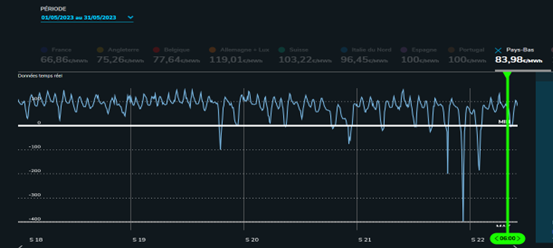
The price trends on the Dutch market in the course of May, with an extensive production of solar plants reached in one hour 400€/MWh. Considering that Holland does not have RHEs it achieves all its flexibility resources in gas power plants and interconnections
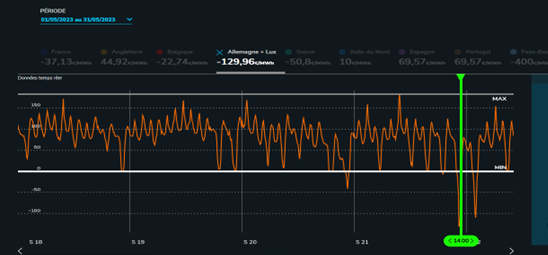
Observing price trends on the German market in the course of May it was evident that in the afternoon hours the prices were distinctively lower than those during the nightly hours due to the large production of solar plants. Germany has 9.380 MW in RHEs and just as many more are needed to balance the system.
In May at the Croatian stock exchange, the Euro-Peak price (8 am – 8 pm) amounted to 74.94€/MWh and was lower than the average basic price (00-24) by 11.22€/MWh due to the great production of solar plants in the EU which lower the price in the markets during the day, particularly in the period between 10 am and 6 pm.
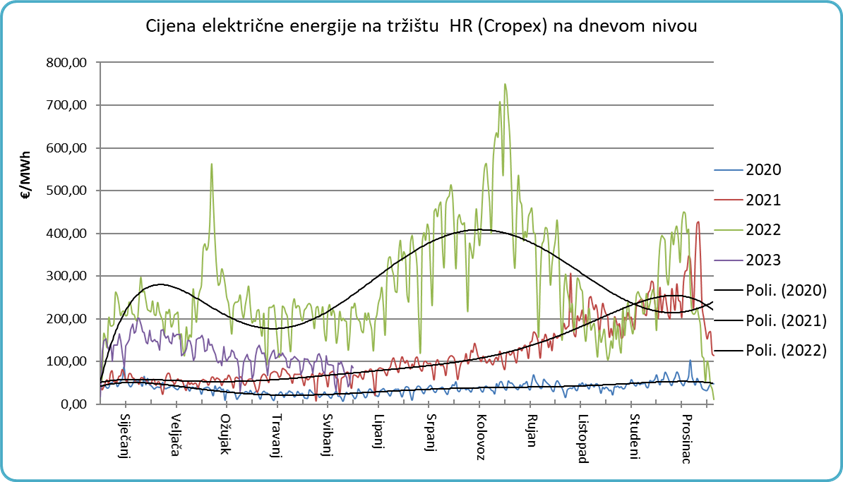
The average price of gas in the period January-May 2022 amounted to 99.96€/MWh, while in the period from January to May 2023 it was 46.37€/MWh, which is 53.41% lower.
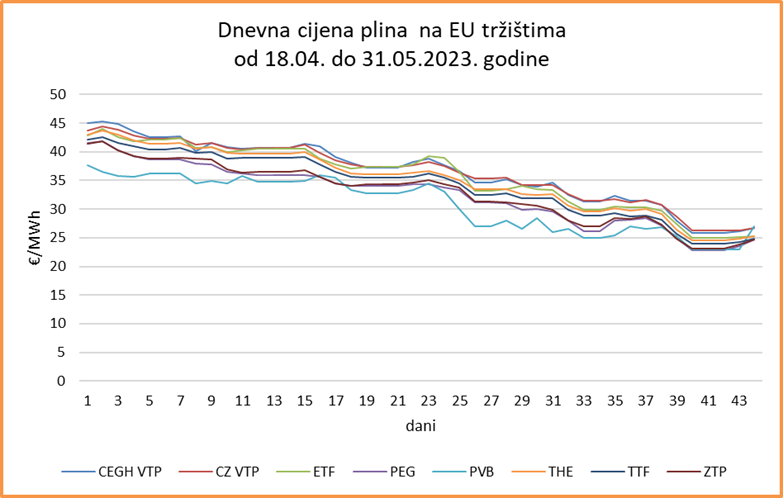
The prices of electric power and gas in the EU markets are moving in a very favorable direction, which along good hydrology can lead to good economic indicators in the country, particularly in HEP. At the end of May, the prices of gas came close to those prior to August 2021, when they began to abruptly rise.
Electric energy trends in the first five months of 2023
The overall transactions in electric power in the electric energy system of Croatia in the first five months of this year amounted to 10.945 GWh, of which available energy, namely, demand amounted to 8.642 GWh or 79% of the trade while transit amounted to 2.303 GWh or 21% of the transactions.
In the period January-May the overall production of electric power at the power plants in Croatia amounted to 7.379 GW/h, of which production from non-renewable sources reached 2.081 GWh (28.2%) and from renewable 5.298 GWh (71.8%).
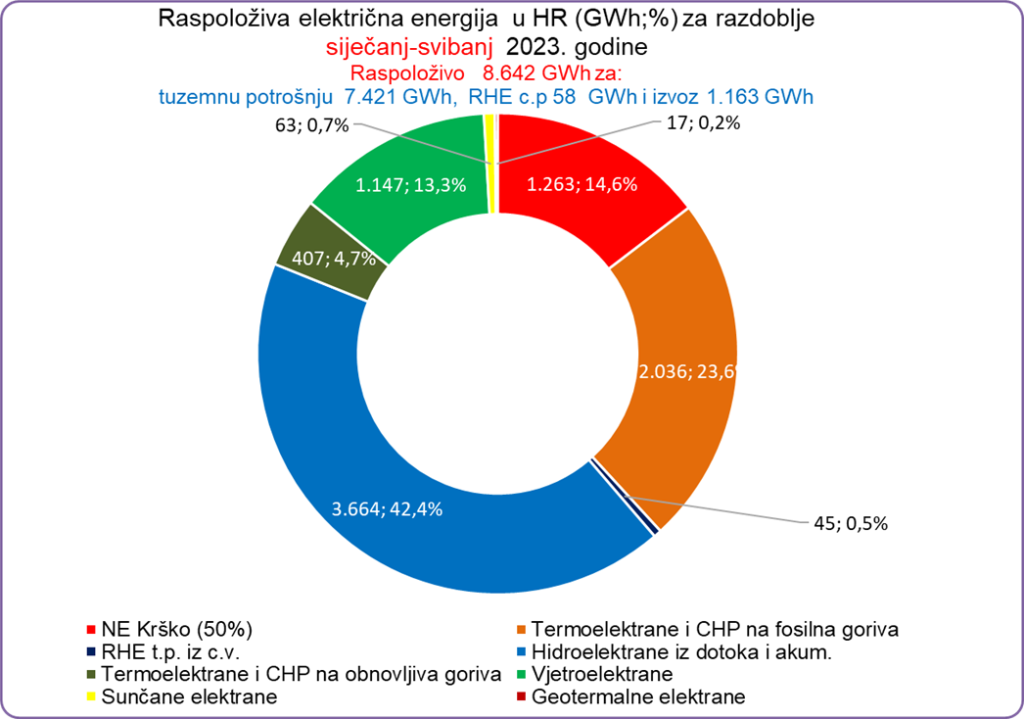
The overall consumption of electric power amounted to 7.479 GWh whereby domestic consumption accounted for 7.421 GWh, and the consumption of RHE for drawing water, 58 GWh. The production of the nuclear power plant Krško (50%) was 1.263 GWh which worked at full capacity, actually 0.1% over nominal production.
Considering that available energy was greater than consumption by 1.183 GWh, the surpluses were exported to foreign markets in the period under observation.
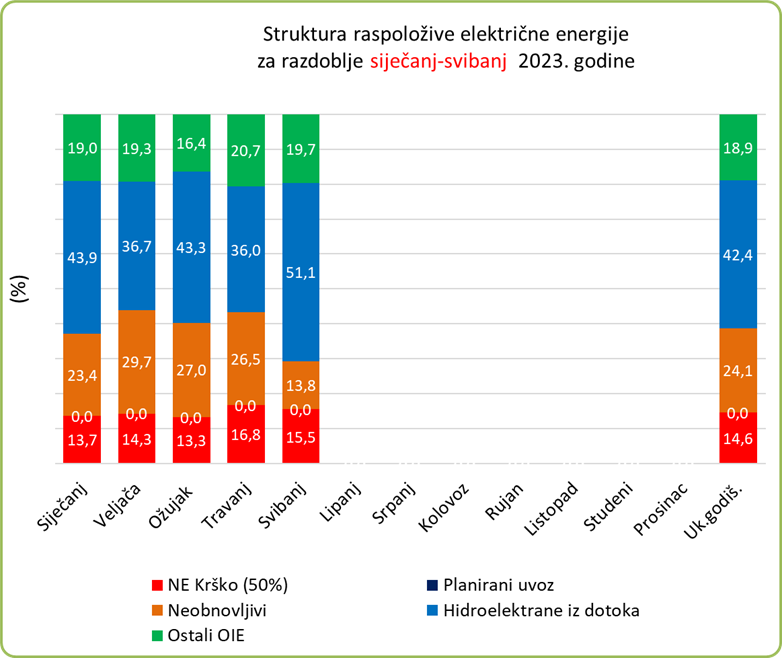
In the first five months of this year, in the overall available energy, renewable energy sources accounted for 61.3% (hydroelectric power plants with 42.4%, other renewables with 18.9%, non-renewables 24.1& and the nuclear power plant Krško (50%) with 13.6%.
In the first five of this year, as much as 75.9 % of the available electric power in Croatia was “decarbonized” which ranks us among the most successful in that regard in the EU
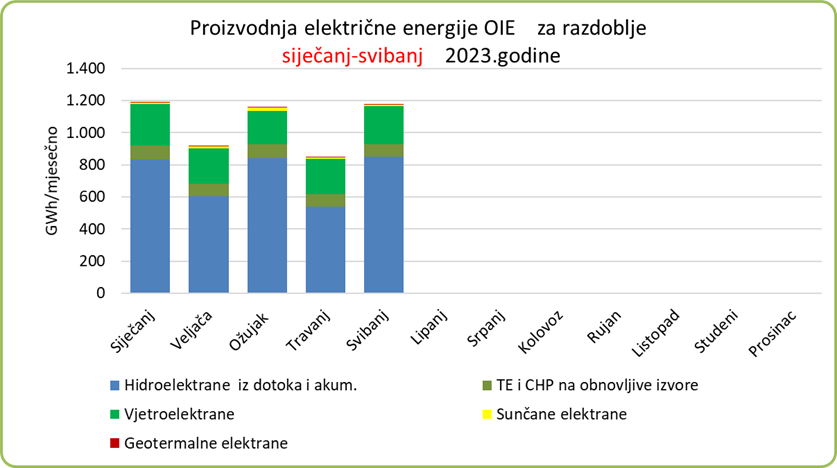
In the exchange balance with foreign countries, there was no import, while 1.163 GWh was exported. It is expected that other renewable energy sources will surpass 20% of the available energy this year.
RES production in the first five months of 2023
The overall RES production in the first five months amounted to 5.398 GWh and the filling of accumulations in relation to the beginning of the year was achieved at a scale of 352 GWh, so the total production reached 5.650 GWh This year, with average power usage factors the RES production is expected to be higher than 10 TWh, or more precisely about 25 TWh of primary energy.
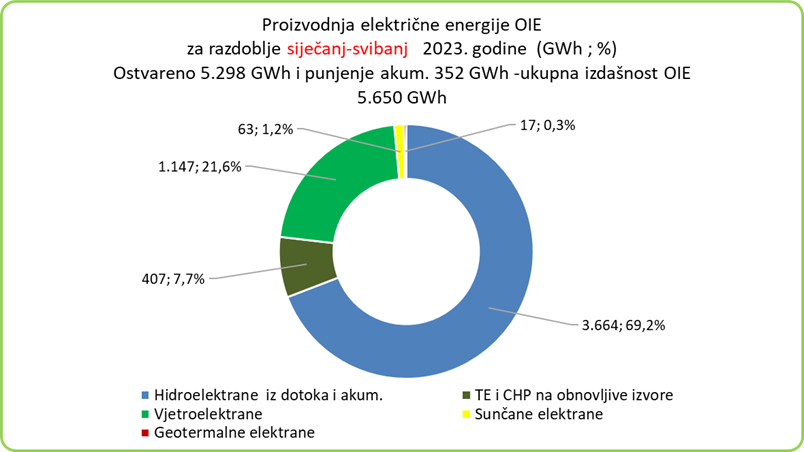
In the first five months of this year in relation to the same period last year, very favorable energy indicators were recorded which consequently also provide for good economic results in the business operations of energy companies, before all of HEP. The nuclear power plant Krško (50%) produced in the given period 18 GWh of electric power. Renewable energy sources production is higher by 1.407 GWh, whereby we accentuate the greater production of hydroelectric plants from the inflow of water and accumulations by 1.276 GWh, wind farms by 116 GWh, and solar plants by 32 GWh. The production of other RES was lower by 17 GWh.
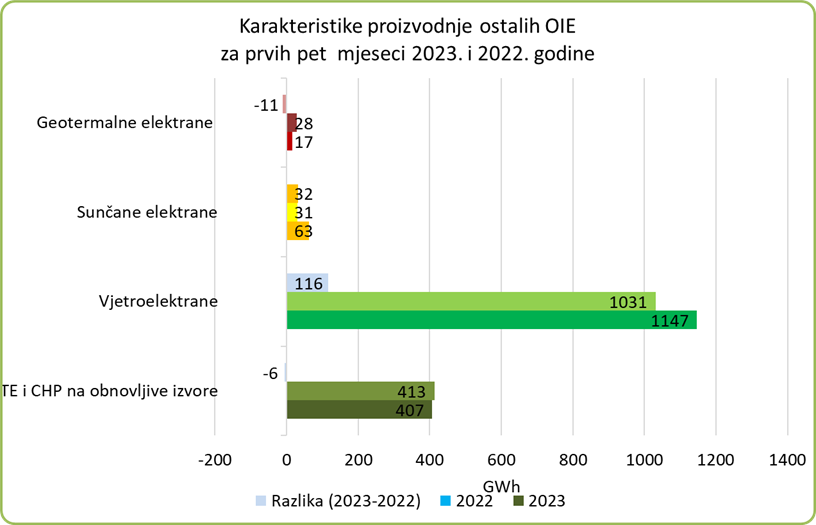
The export of electric power amounted to 1.183 GWh, while in the same period last year, we imported 630 GWh, the difference being 1.793 GWh. Viewed from s financial perspective it is an excellent result when we take into consideration the market prices in the reviewed periods. The transit of electric power toward other markets through the transmission grid decreased in the course of this and last year by 558 GWh.
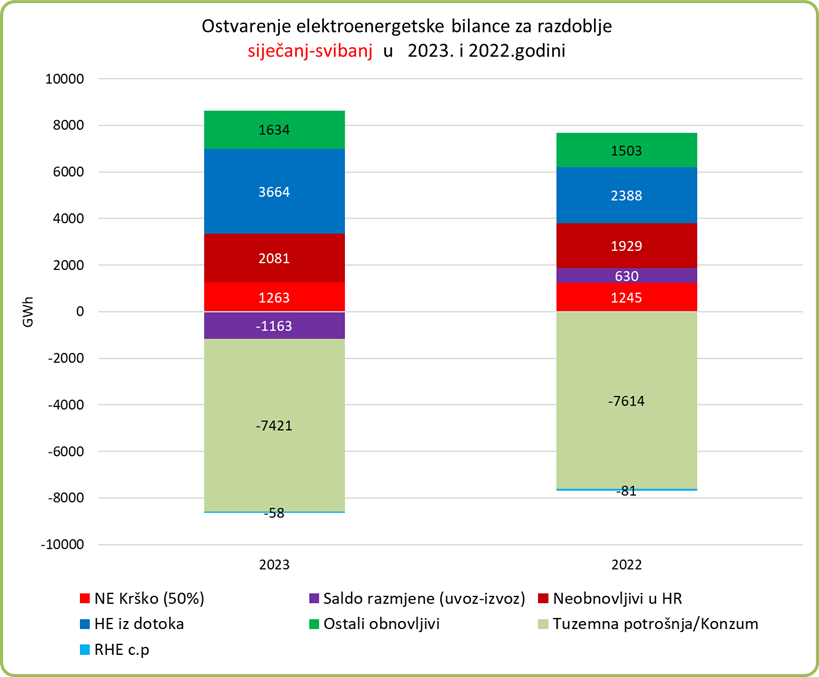
The overall production of hydroelectric power plants at the doorstep in the first five months of this year amounted to 3.709 GWh, of which 45 GWh from used RHE water (non-renewable part). The energy of the water inflow for the hydroelectric power plants in the first five months of this year was higher by 1.818 GWh in relation to the same period last year. In comparison to the multiyear energy value in the first five months of 3.323 GWh, the achieved energy value of water inflow for hydroelectric plants in the first five months of this year amounted to 4.016 GWh ( higher by 693 GWh).
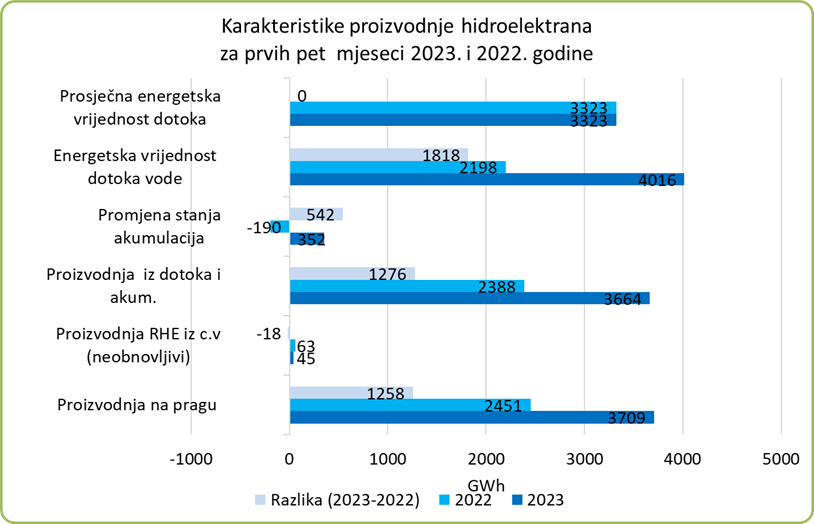
Due to very high levels of underground waters in the hydro-energy systems, the present inflows of water for the hydroelectric power plants which will nevertheless seasonally decrease, the very high levels of accumulation volumes, we can expect in the forthcoming summer period (June-September) favorable energy and economic trends and what is most important security in the supply of consumers and the security of production plants in the electrical energy system regardless of increased consumption due to the season of cooling and tourism even if we have to import electric power.
For the preparation of this report, publicly published data was used posted on the websites of HEP. HOPS, HROTE, CROPEX, Nuclear power plant Krško, ENTSO, DZS, RTE France, RED Electrica, World Data, IEA, EEX, EPEX, IRENA.


